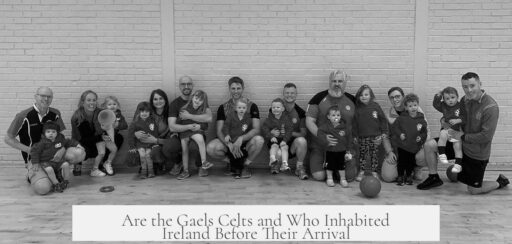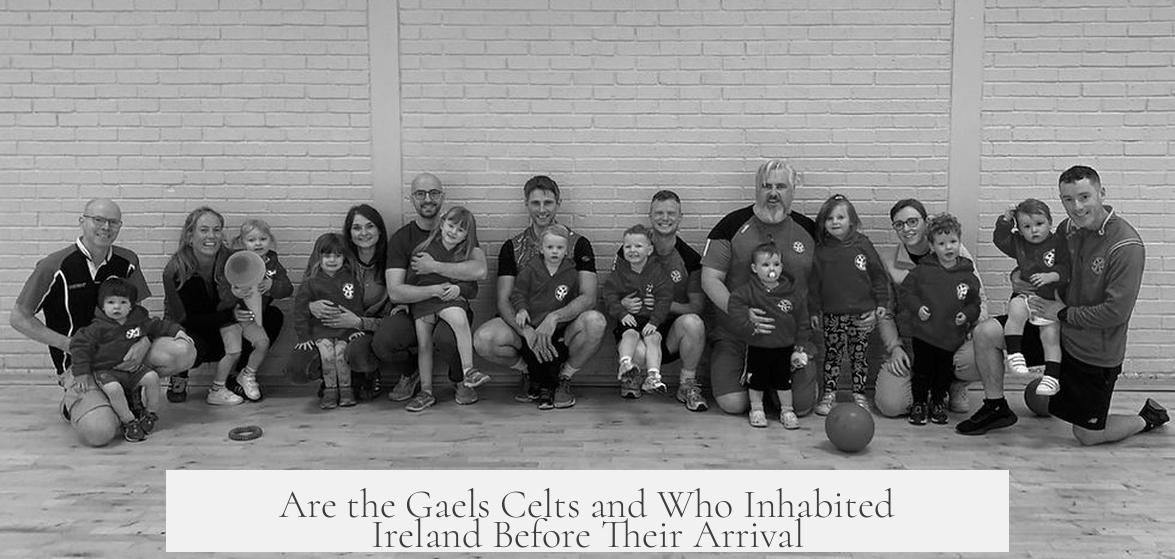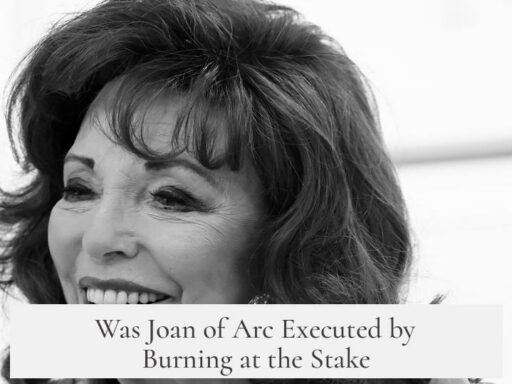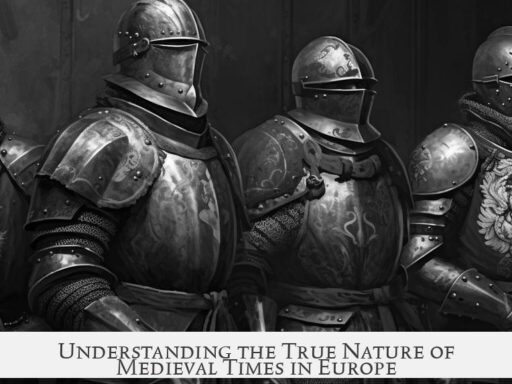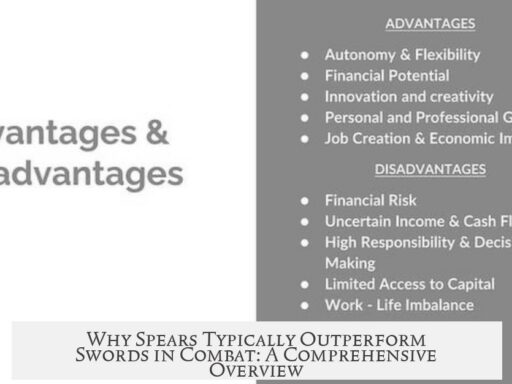The Gaels are considered Celts in a linguistic and cultural sense, but the notion of Celts as a distinct invading group in Ireland is inaccurate. The Gaelic people trace their identity to a language group emerging locally rather than being arrivals from the continent. Before these linguistic and cultural developments identified as ‘Celtic’, Ireland was already inhabited by prehistoric peoples whose specifics are less defined.
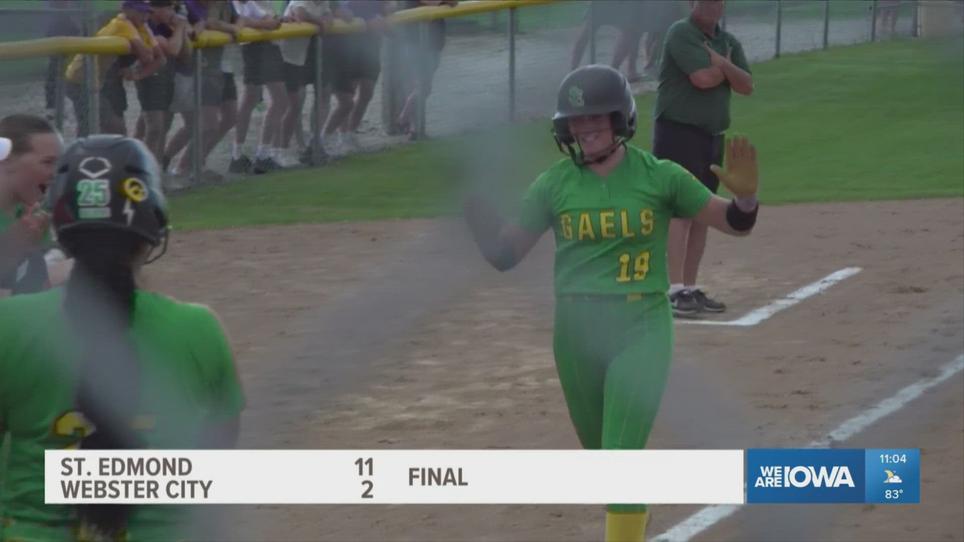
The term “Gael” is historically accurate and used by medieval Irish sources to identify the native Irish people and their language. In contrast, “Celt” and “Celtic” are later labels, introduced by antiquarians from the 17th century onward, borrowing from Greek and Roman classical texts. These classical texts categorized various groups in Northern Europe as Celts, but no early Irish writings used that term. Gaelic comes from an exonym used by Brythonic-speaking groups (Welsh), which evolved in medieval times to specifically denote Irish speakers.
The Celtic identity in Ireland formed through the overlap of linguistic research and archaeological interpretations in the 19th and 20th centuries. Scholars noticed strong links between Irish Gaelic, Scots Gaelic, Welsh, and Breton languages, all part of the Celtic language family. These findings, coupled with supposed archaeological ‘Celtic’ artefacts, led to the popular conception of Ireland’s Gaels as direct descendants of the Classical Celts. This narrative fitted broader nationalist discussions that sought ancient roots for modern identities.
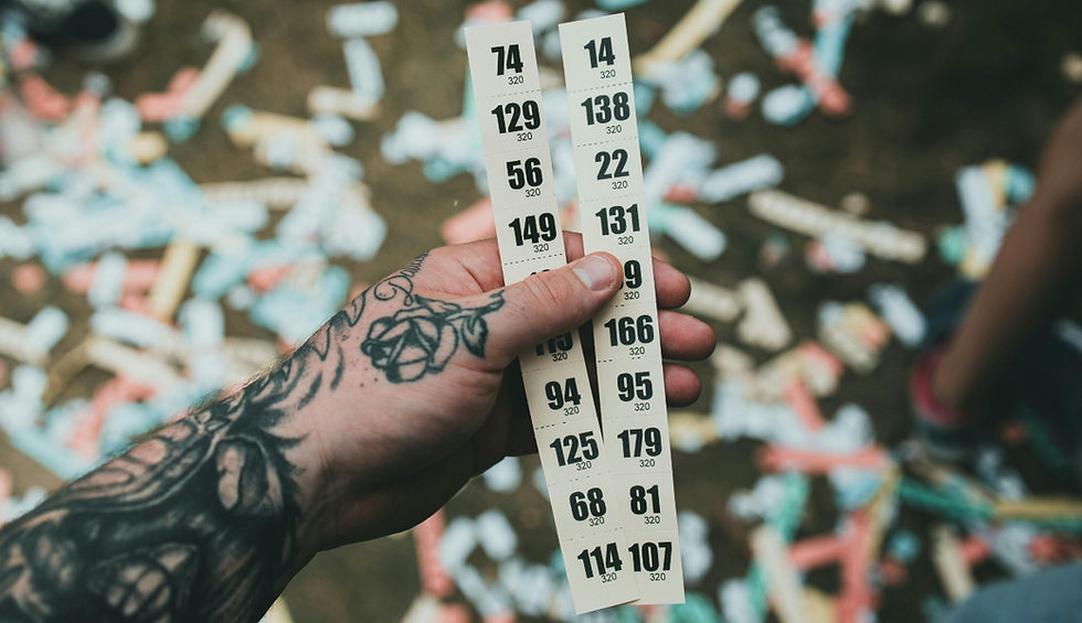
| Aspect | Details |
|---|---|
| Language | Irish Gaelic is part of the Celtic language family. |
| Archaeology | La Tène style artefacts appear in Ireland around 300 BC. |
| Cultural Identity | Medieval texts identify people as Gaels, not Celts. |
However, recent archaeological research challenges the idea of a Celtic invasion or mass migration into Ireland. There is no evidence supporting widespread population movements from Britain or Continental Europe during the Iron Age that would represent an arrival of Celts. Instead, the presence of La Tène style art, a hallmark of Celtic culture in Europe, reflects cultural adoption rather than population replacement. Irish versions of these artefacts show local characteristics, indicating Irish elites selectively embraced these styles to symbolize status within a pan-European cultural trend.
For example, Irish La Tène horse gear includes unique elements absent from continental exemplars. Swords found in Ireland from this period are notably shorter, suggesting adaptation to distinct local preferences rather than importation of foreign types. This confirms that Irish society integrated broader European cultural influences without a corresponding population influx.
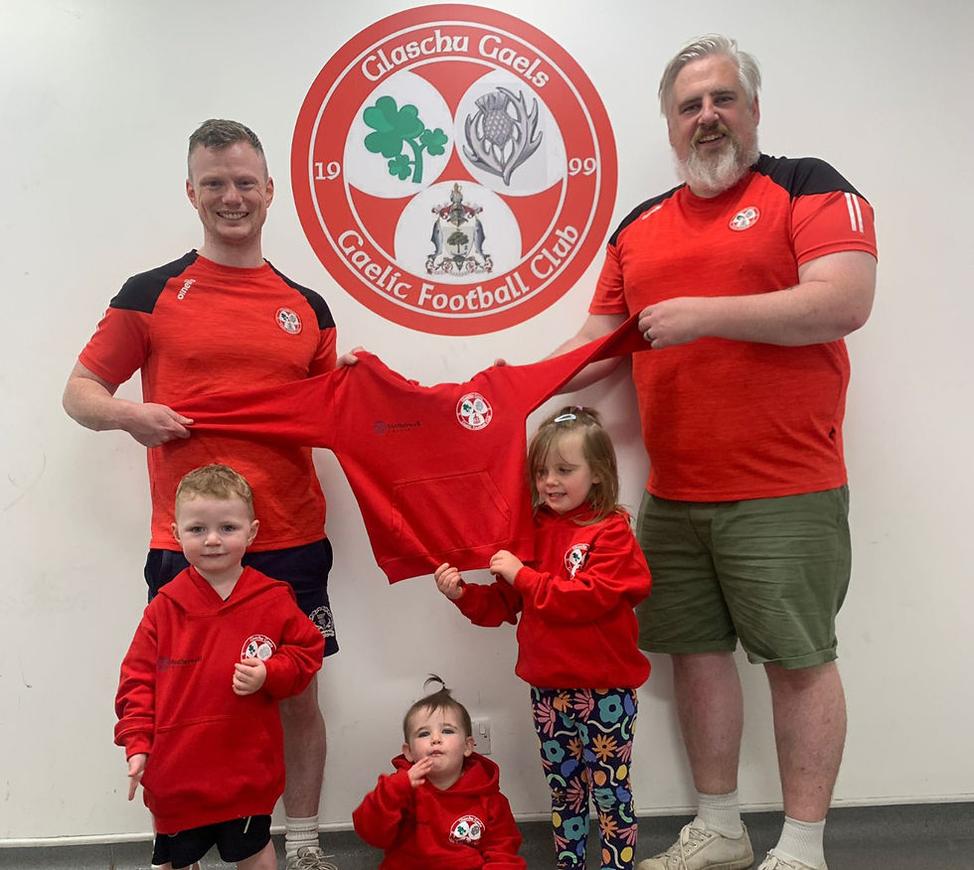
Before the so-called Celtic culture developed in Ireland, the island was inhabited by prehistoric societies whose identities remain largely archaeological. These groups predate the Iron Age and include Mesolithic hunter-gatherers and Neolithic farming communities. They laid the foundational population upon which later linguistic and cultural layers emerged, including the Gaelic-speaking peoples who later identified with Celtic heritage.
In summary:
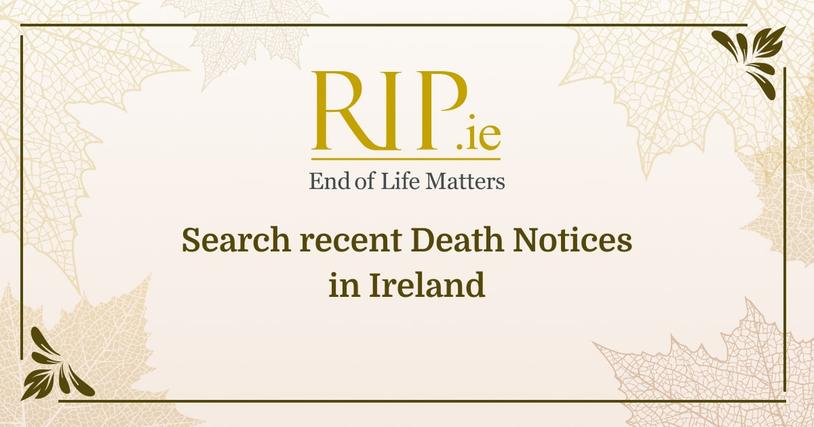
- The Gaels are indeed Celts in that they speak a Celtic language and belong to the broader Celtic cultural sphere.
- The concept of Celts arriving as invaders in Ireland is unsupported by archaeological evidence.
- Gaelic identity is historically documented from medieval times, distinct from classical labels.
- La Tène style art in Ireland represents local adaptation, not mass migration.
- Earlier inhabitants of Ireland were prehistoric peoples preceding the Celtic cultural influence.
This nuanced understanding encourages viewing Irish Celticness as a complex cultural evolution rather than a simple external arrival. Ireland’s history is a story of continuous development involving indigenous populations integrating European influences over centuries.
Are the Gaels Celts? If so, who was living in Ireland before the arrival of the Celts?

Alright, let’s cut to the chase: yes, the Gaels are considered part of the ‘Celtic’ world, but with an important twist—there was no big Celtic invasion arriving in Ireland. The story is more about cultural evolution than mass migration. Confused? Stick around, because the tale of Gaels, Celts, and pre-Celtic Ireland is a fascinating mix of history, archaeology, and some scholarly detective work.
Gaels and Celts: Clearing the Terminology Fog
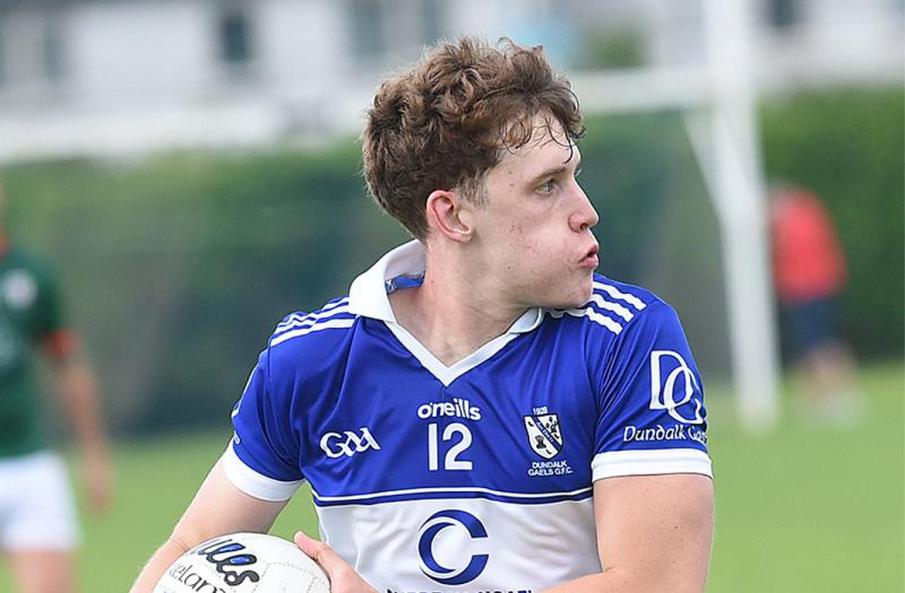
First off, the word Celt didn’t pop up in Irish texts before the modern era. Medieval Irish writings call their people “Gael” or reference the “Gaelic” language. These words are historically accurate and reflect an authentic self-identity among the Irish.
So why do we call them Celts? Blame a bunch of 17th-century antiquarians who leaned heavily on the works of Greek and Roman writers. These classical authors mentioned tribes like the Gauls and Celts roaming Northern Europe, but ancient Irish never called themselves that.

Fast forward to the 6th or 7th century AD, Irish scholars begin calling themselves Gaels. The term Gael even comes from the Brythonic (Welsh) languages—a kind of outsider nickname turned insider badge. So, Europeans saw linguistic cousins in Welsh, Scots Gaelic, and Irish, prompting a later scholarly leap to group them under ‘Celtic.’ But was that leap fact or fiction?
Crafting the Celtic Identity: Linguistics Meets Archaeology
When comparative linguistics entered the scene, scholars linked Irish Gaelic, Scots Gaelic, Welsh, and Breton as cousins in one language family tree. Brittany’s language, it turns out, arrived from Britain in the 5th century, not ancient Gaul. Still, people started thinking these groups descended from the Iron Age Celts mentioned by classical writers.
This idea meshed well with archaeology of the 19th and early 20th centuries. Archaeologists looked at artifacts and burial styles and suggested we could track ancient ethnic groups by their material culture — a model called “cultural-historical.” So finding certain weapons or pottery was like spotting someone’s ethnic business card.
Applying this to Ireland led to an equation: language family + archaeological finds + classical texts = Gaels = Celts. In other words, since the Irish spoke a Celtic language and shared similar artifacts, they must be literal descendants of the ancient Celts or Gauls described by Greeks and Romans.
And voilà! Celtic identity became tightly entwined with Irish national identity. Especially during nationalism surges, claiming Celtic roots fueled pride and political aspirations.
But What Does Archaeology Say? The La Tène Puzzle
Hold on a second — archaeology has a few surprises. By the 1990s, experts started questioning the mass Celtic migration into Ireland. The infamous La Tène style — fancy European Iron Age art with swirling, intricate designs–appears in Ireland around 300 BC. But Irish examples are local twists, not direct imports.
The Irish La Tène artifacts reflect cultural borrowing, not conquest or settlement by foreign Celts. For instance, Irish La Tène swords are surprisingly short, practically comical next to longer British or Continental versions. Horse gear designed in La Tène style feature unique elements found only in Ireland.
No mass graves of new arrivals, no sudden flood of new peoples. Instead, Ireland’s elites adopted and adapted popular European art styles to fit local tastes and political motives. They wore the Celtic cultural hat but made it their own.
Who Lived in Ireland Before the Gaels?
So if the Celts never really “arrived,” who was in Ireland?
Long before the Gaels started being called ‘Celtic,’ Ireland was inhabited by people from the Neolithic and Bronze Age cultures. These were farmers, metalworkers, and stone monument builders leaving behind sites like Newgrange and other megalithic tombs. People like the Bell Beaker culture practiced early metallurgy and had distinct burial rites.
Over thousands of years, these groups evolved, mixed, and transformed culturally and linguistically. By the Iron Age, the people living in Ireland spoke early forms of what became Irish Gaelic. Instead of being outsiders, the so-called Celts were probably descendants and cultural heirs to these communities.
Ireland is less about invasions and more about cultural flow and linguistic evolution. The ‘Celts’ are not a fresh shipment off a boat—they’re locally grown, influenced by wider European trends but very much native in identity.
So Back to the Big Question: Are the Gaels Celts?
Yes, but the reality is complex. Calling the Gaels Celts works linguistically and culturally. Their language belongs to the Celtic family, and their culture absorbed Celtic art styles. But unlike the popular invasion story, there’s no clear evidence of a large-scale arrival of Celtic peoples into Ireland.
Instead, Ireland’s Iron Age society adopted and adapted Celtic cultural traits over centuries. The Gaels are the indigenous Irish who evolved their culture as part of a broader European network, not foreign invaders who took over.
To put it plainly: The Irish Gaels didn’t need an invasion to be Celtic—they were already part of the Celtic family tree by birth, cultural continuity, and language.
What Does This Mean for Us Today?
- Understanding this nuance helps us see beyond simplistic “invasion” stories. History is messy and gradual.
- It reminds us that cultural identity is as much about adoption and adaptation as about ancestry.
- It’s a win for Irish heritage, showing strength in continuity over conquest.
Isn’t it fascinating when we learn that our ancestors weren’t just dropped by history like unexpected guests at a party? Instead, they danced their own steps, in tune with wider European rhythms.
So next time someone asks, “Are the Gaels Celts?” you can confidently say: “Yes, they are—just not because an army marched here, but because culture and language blossomed right where they stood.” And if they press on “Who was here first?” you’ll already know—ancient farmers, metalworkers, and stone builders laying the foundation for what would become the Gaels.
